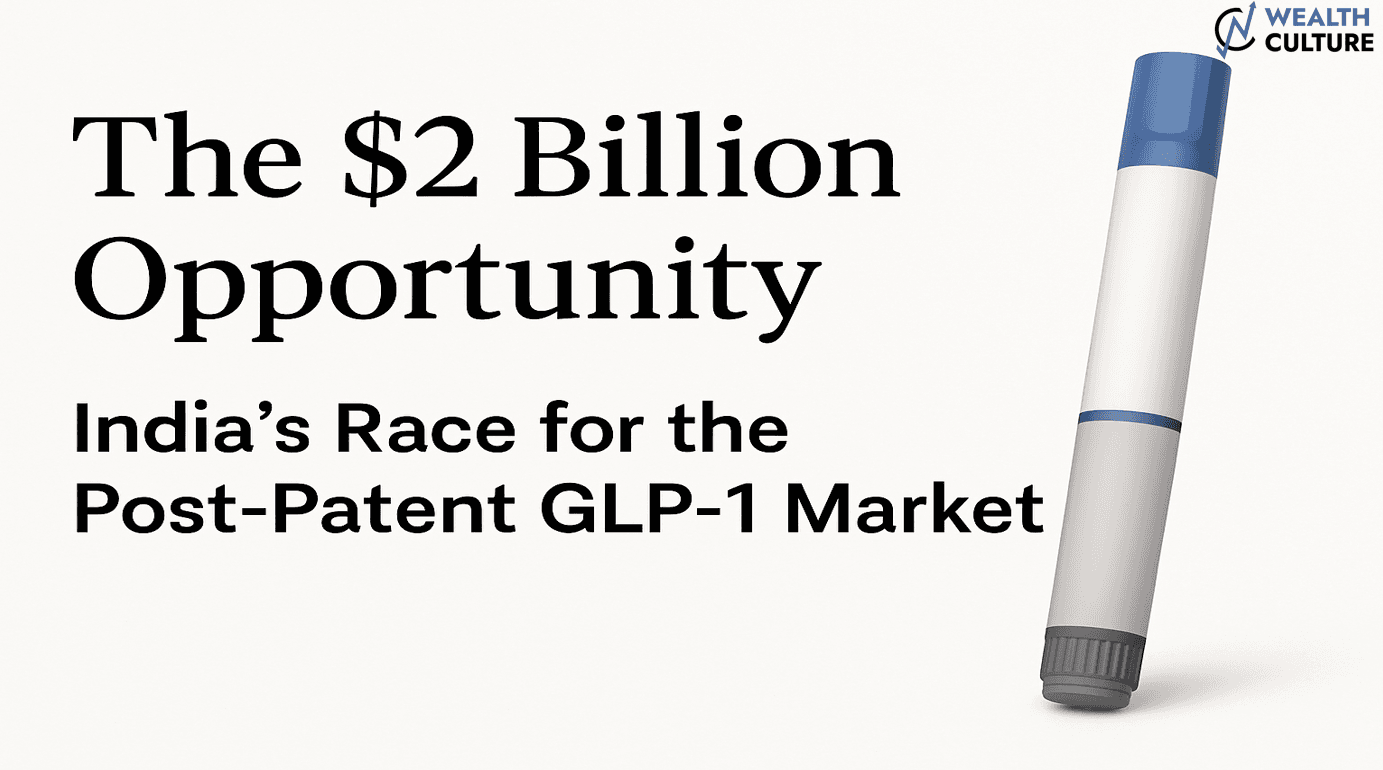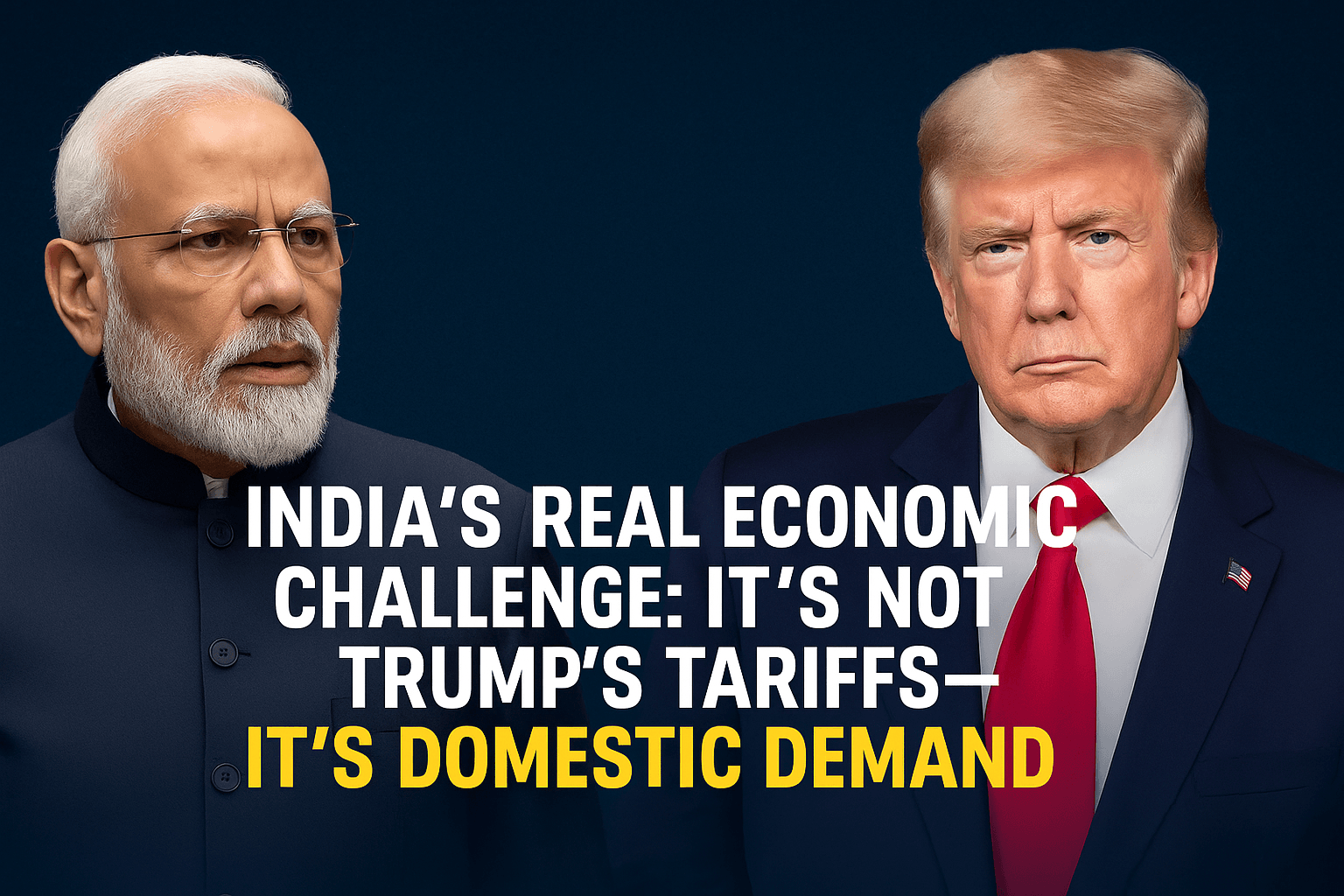China’s Transition from 6% to 23% in Global Chemical Exports

In 2000, China’s chemical industry was small, fragmented, and import-dependent. Recognizing its strategic importance, China launched a long-term plan that transformed it into a global chemical export leader, now holding over 23% market share.
Phase 1: Establishing large capacities

The first phase involved massive overinvestment in basic chemical production by state-owned enterprises. This created overcapacity, lowered production costs, and enabled China to export chemicals globally at competitive prices..
Phase 2: Rise of Domestic Private Players and Indigenous Innovation

As domestic demand grew, private companies scaled up, integrated operations, and started innovating with indigenous technologies. The government supported value-addition and encouraged less reliance on foreign tech.
Phase 3: Global Chemical Giants Making China Their New Home

After 2020, China allowed full foreign ownership in chemicals, attracting MNCs to invest in cutting-edge chemical complexes. With lower costs and higher productivity, companies like BASF and SABIC chose China as a key manufacturing base.
Conclusion

China’s chemical dominance was built through pragmatic, phased strategies—first gaining scale, then innovating locally, and finally integrating global capabilities. This approach positioned China as a long-term leader in the global chemical value chain.









